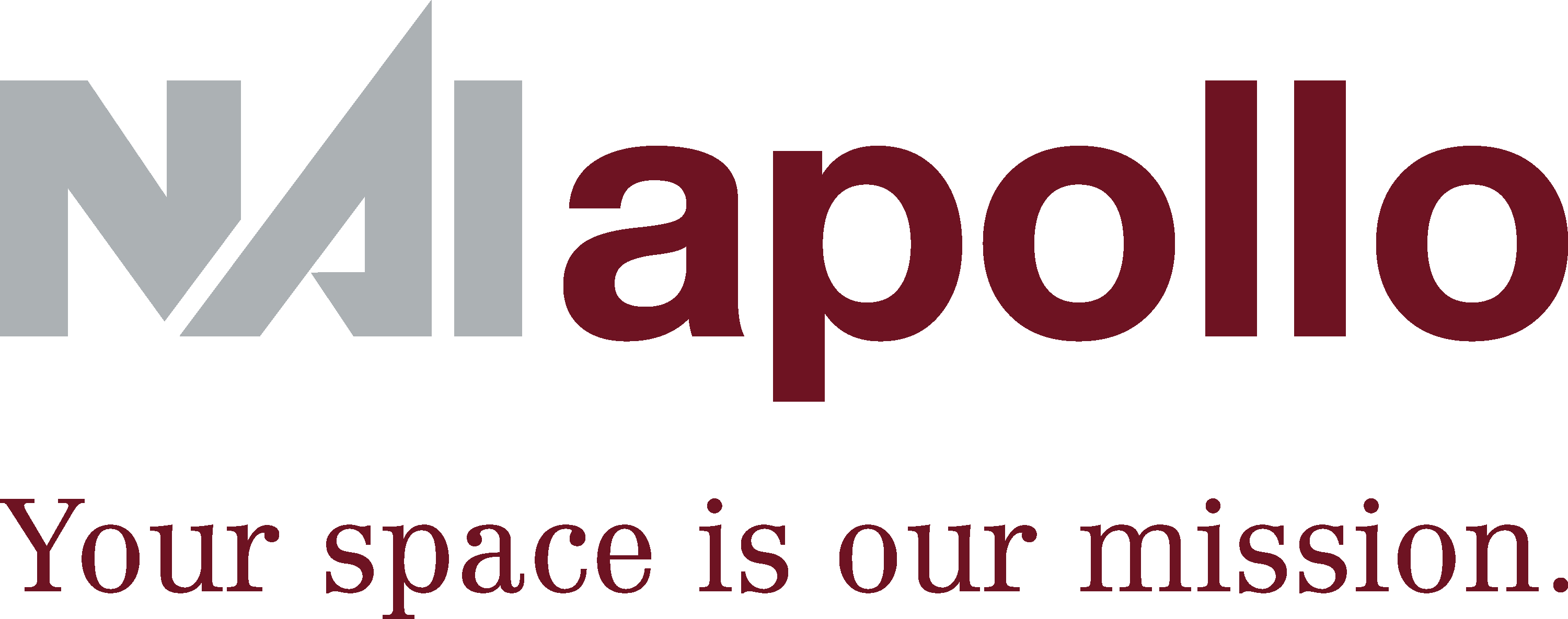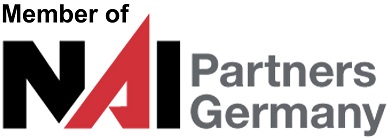NAI APOLLO: INVESTMENT MARKET FOR CARE PROPERTIES SHOWS DYNAMIC DEVELOPMENT
Frankfurt am Main, 2 July 2019 – Within the scope of its quarterly reporting on the German real estate investment market, NAI apollo – a partner of the NAI apollo group – published figures on the German care property market for the first time in the middle of 2019 due to the dynamic development in this segment. NAI apollo includes care homes, assisted living facilities and hybrid forms in the care property asset class.
In the first half of 2019, the real estate consultancy firm recorded a transaction volume of around € 840 million in this segment. “This means that the results for the whole of the years between 2008, the first year for which we recorded figures, to 2015 have already been equalled by the midpoint of the year. Compared to the first six months of 2018, this represents an increase of 3.8 %,” says Andreas Wende, Managing Partner of NAI apollo. NAI apollo anticipates a continued high level of market activity over the coming months, which should produce a result above the five-year average of € 1.6 billion.
Portfolios and single assets with almost identical revenue shares
Portfolio transactions and single-asset sales make an almost identical contribution to the high half-year result. “The large portfolio deals include the French company Primonial REIM’s acquisition of 12 retirement homes in a sale and leaseback transaction and the purchase of five care properties by the new closed-end mutual fund of the INP group, for which € 45 million was paid,” explains Sebastian Deppe, Managing Partner at apollo healthcare GmbH. He adds that the forward deal of real estate company PATRIZIA AG, in which a portfolio consisting of three care properties with an expected completion date of 2020 was purchased for the PATRIZIA Social Care Fund III, also contributed to the strong result. The striking single-asset purchase of the first half year was made by Aachener Grundvermögen, which acquired the Riviera retirement home in the Grünau district of Berlin as part of a forward deal. The project volume for this was most recently valued at € 80 million. “The distribution of the transaction volume by size category reveals that the three categories ‘€ 10 to 25 million’, ‘€ 25 to 50 million’ and ‘€ 50 to 100 million’ are almost identical in importance. The volumes achieved in each of these categories range from around € 240 million to € 250 million, which correspond to market shares of 28.3 % to 29.6 %,” explains Dr Konrad Kanzler, Head of Research at the NAI apollo group. Sales of under € 10 million fall short of this at approximately € 93 million or a market share of 11.1 %.
France and Belgium the strongest international buyer countries
When differentiating by the country of origin, there is an almost equal split between national and international investors. “German buyers make up 50.9 % of the volume traded in the first half-year. In absolute figures, they account for around € 430 million,” says Wende. Among the international investors (49.1 % or € 410 million), France (16.0 %) stands out, in particular due to the Primonial deal and purchases by the French real estate fund Pierval Santé, as well as Belgium (15.4 %) with deals by Aedifica and Cofinimmo. When observing the types of investor, “open-ended real estate funds / special funds” were the strongest group in the first six months of the year with an acquisition volume of around € 317 million (37.7 %). “Asset managers” take second place with around € 242 million (28.8 %), followed by “listed property companies / REITs” (€157 million or 18.6 %).
Increasing demand for care stimulates interest of investors
“The generally high level of interest in commercial real estate in Germany is reflected in a reduction of yields, although some markets are displaying the first signs of a trend towards stabilisation,” comments Wende. In the first half of 2019, the prime yield for care properties was 4.7 %. This represents a steady development compared to the previous year. “The price-to-rent ratios analysed in the same period were concentrated in the region between 16 and 18,” adds Deppe.
Investors’ interest in the asset class of care properties will also remain high in the future. Indeed, the demand for places in care facilities will grow continuously as a result of demographic change. “This further stimulates investor interest. There is not only potential for growth in A or B locations, however: an increase in demand for care facilities is also expected in a large number of C and D markets, as well as in smaller locations with as few as 10,000 inhabitants,” explains Kanzler. Consequently, these assets will become ever more attractive for professional investors. “The greatest bottleneck is the low number of properties in the market, which will ultimately slow down acquisition activities,” adds Kanzler.
Operators and owners of care homes highly fragmented
The special structure of the healthcare and care property market – which was determined as part of a comprehensive survey by apollo healthcare – also has an effect here. “The operator landscape for care homes is currently extremely fragmented,” explains Deppe. Indeed, NAI apollo’s list of the top 100 care home operators shows that the largest 100 operator chains only account for 32.6 % of the approximately 885,000 inpatient care places identified during the analysis. The breakdown of owners is similarly mixed: the influence of institutional real estate investors on the number of care places is currently low due to their share of 10.7 %. Private investors who have acquired care home apartments as part of homeowners’ associations make up a still smaller market share of around 3.3 %. “Development is picking up pace in this area, however. According to our observations, almost every third new care home has a part-ownership model. When it comes to institutional investors, Aviarent’s recently announced cooperation with the Convivo group of companies for the construction of 12 residential homes with a development budget of € 500 million is one example of the increasing activities by these market participants,” continues Deppe.
An above-average transaction volume can again be expected for the investment market for healthcare properties for 2019. As such, NAI apollo forecasts an investment volume above the long-term average of around € 1.6 billion for 2019 as a whole, with the prime yield again stable or with a slight downward trend.

